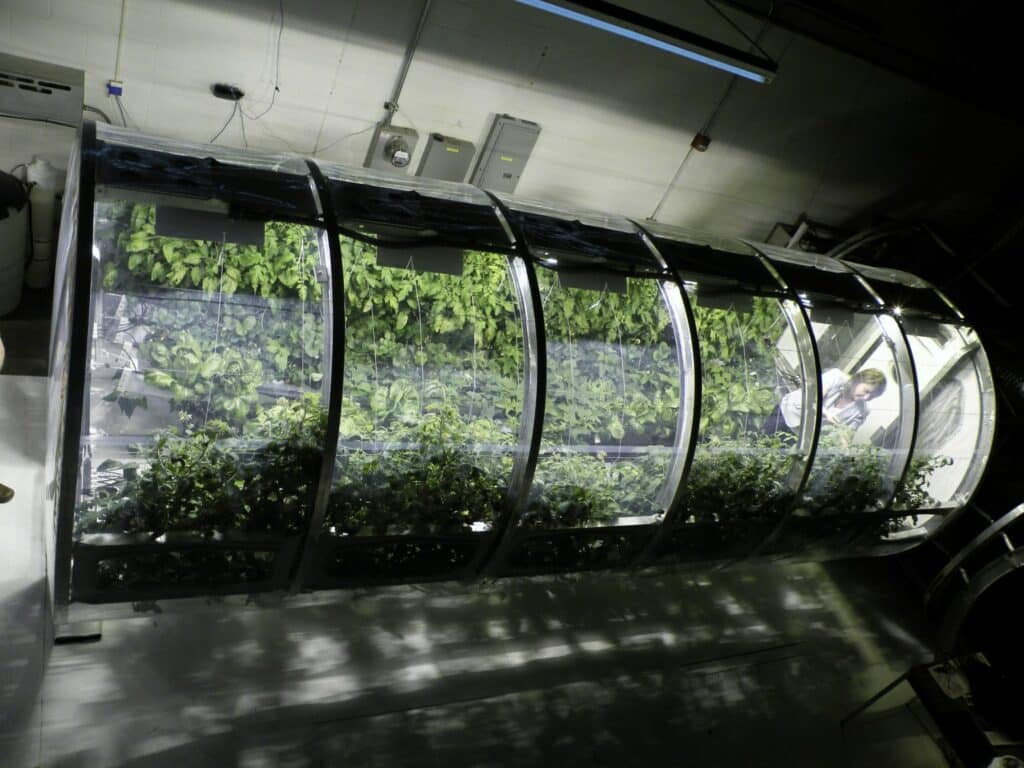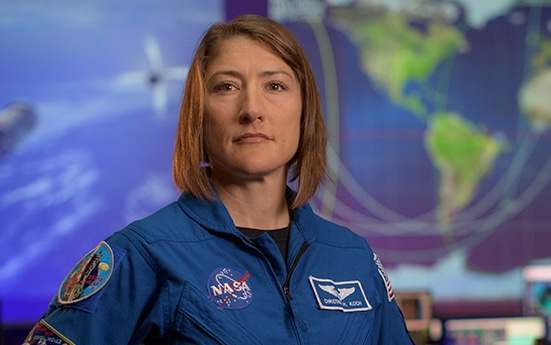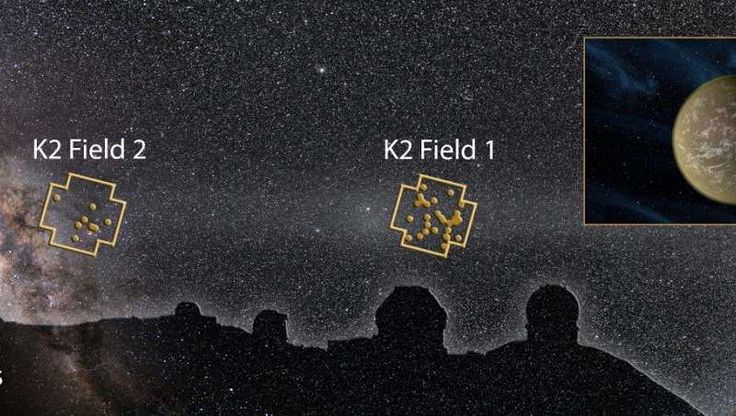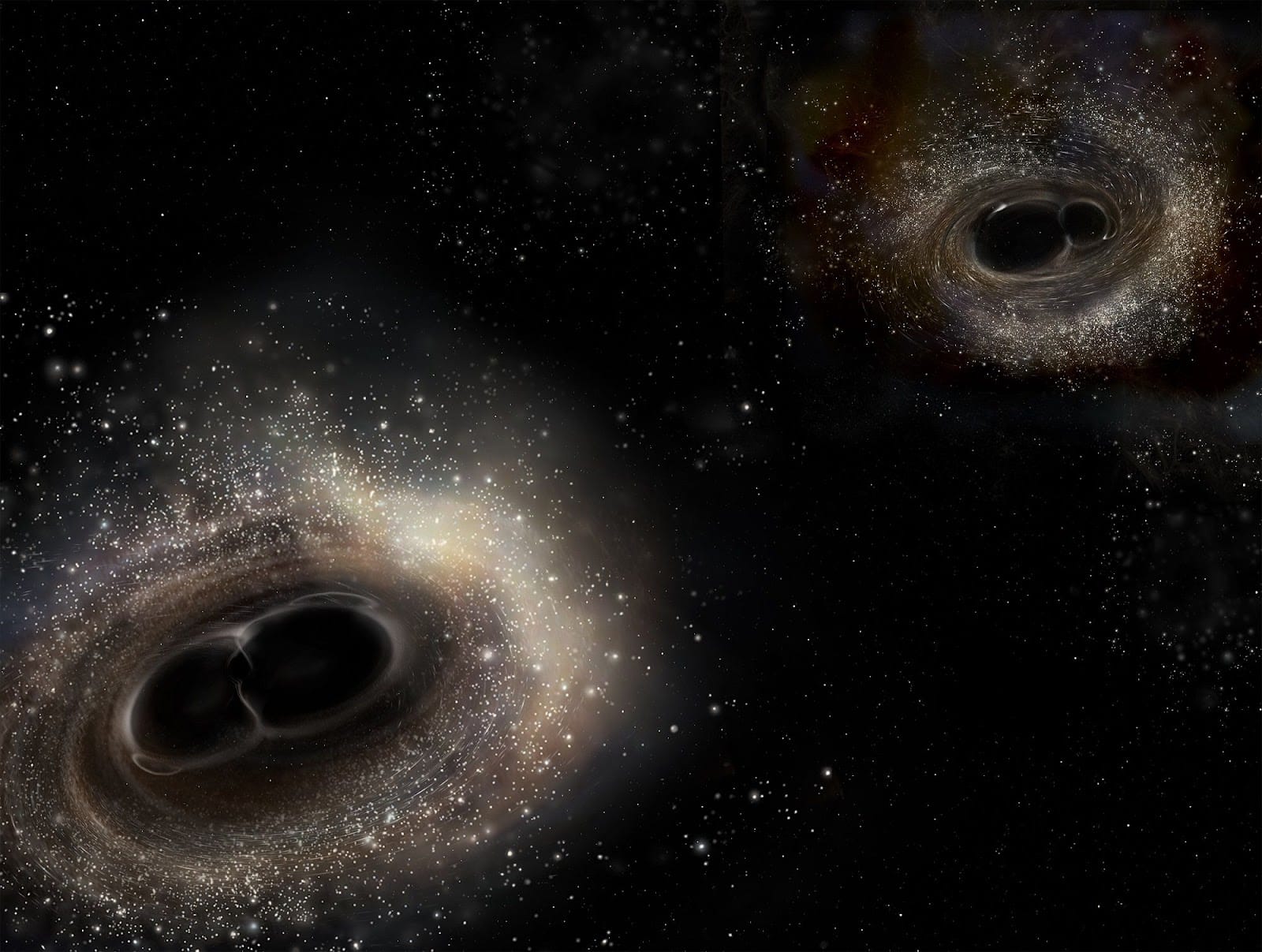Scurvy in many astronauts due to Vitamin C deficiency catalyzed the advancement of sustainable space farming. Despite several pre-packaged foods, freeze-dried meals, and multivitamin supplements, many astronauts still lack the necessary vitamins to survive in space. To ensure a constant supply of vitamins, fresh produce is needed to sustain astronauts, particularly during long space missions. But how did the space association solve this?
The Vegetable Production System (Veggie)
Developed by NASA, the Veggie Experiment is a growth system to sustain plants in outer space. It was designed with ORBITEC to be a self-sufficient food source for astronauts. The Veggie system weighed 7 to 8 kg and consumed less than 100 watts.
It comprises mainly three parts – a lighting system, the reservoir, and a bellow closure. The lighting system serves as sunlight and regulates the light the plants receive, ensuring they grow properly. The reservoir upholds it, while the bellow closure protects it.
Japanese Kibo Greenhouse
Similar to NASA’s veggie system, the Japanese Kibo Greenhouse is a special growth facility on the International Space Station (ISS). Formally known as the “Cell Biology Experiment Facility” or CBEF, the Greenhouse was part of the many projects launched by Japan.
Developed by the astronauts in the mid-2000s, the facility consists of a standard canister and an incubator unit, which is also made up of a µG compartment and a 1G compartment. In the 1G compartment resides a centrifuge that can control gravity from 0.1 to 2.0 G for the growth of plants.
The Prototype Lunar Greenhouse (LGH)
The LGH is equipped with a Bioregenerative Life Support System (BLSS) to support the growth of plants in space. According to Dr. Ray Wheeler, the project’s lead scientist, the greenhouse will help grow fresh produce to sustain astronauts during space missions.
It employs the mechanism of a hydroponic plant growth chamber and functions like a typical BLSS, allowing for the growth of certain plants and providing fresh air and water for use. This project took place at the Controlled Environment Agriculture Center at the University of Arizona.
Eu:CROPIS (Euglena Combined Regenerative Organic-food Production In Space)
Launched on 3 December 2018, the Eu:CROPIS is an Earth-orbiting minisatellite designed to study food production in space and support long-duration missions. It weighs 250 kg and rotates around the earth at a longitudinal axis.
The facility consists of two Greenhouse payloads maintained via a closed-loop system. The system provides a similar environmental condition to the moon and Mars. It also consists of several cameras to monitor the growth of plants, in this case, tomatoes.
BIOS-3 (Biosphere 3)
The Biosphere 3 is one of the oldest space farming constructions. Constructed in 1965 and completed in 1973, it is a 315-cubic meters structure separated into different units. While others grew phytotrons, some units grew algal cultivators to ensure food development and management for space missions.
The produce from the phytotrons unit contributed almost 25% of filtered air, ensuring harmony. This Biosphere 3 system uses 400kW of electricity supplied by a nearby hydroelectric power station. It became a major part of the International Center for Closed Ecosystems in 1991.






